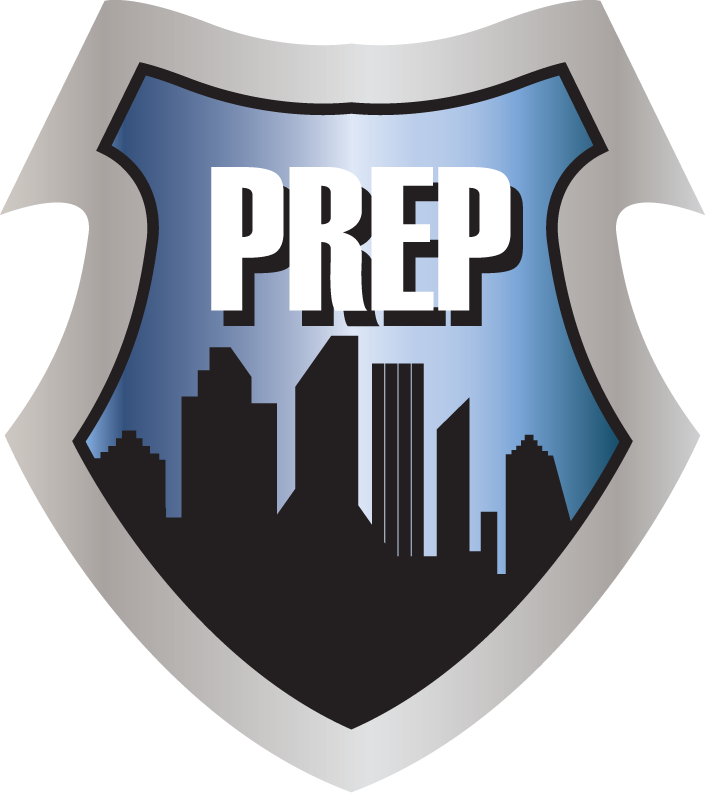Safety In Your Nursing Home

With the ever-increasing aging population, senior care facilities are becoming more populated, and that means as our society ages, there’s never been a stronger focus on ensuring that we take care of our elderly in a way that is both safe and dignified. Safety in the typical nursing home can often be the difference between getting the necessary care to enjoy one’s golden years or experiencing a painful illness.
Whether you’re ensuring that a nursing home is safe for a loved one, or you’re considering what to look for in a facility that you yourself may enter in the near future there are key items you should look for and expect. Below is a short list of the safety measures that absolutely need to be in place:
Handrails, anti-slip flooring, and other bathroom safety installations are an absolute must for senior citizens. Even a small slip and fall could lead to serious injury, or even death, and the presence of soap and water increases the odds of that taking place. Every bathroom must have the proper safety installations and devices for senior patients to get in and out of a shower. Some elder care facilities feature walk-in bath tubs, for example, so that seniors can live independently without having to worry about slipping and falling while stepping in and out of a bath tub. Also, anti-slip flooring should be used throughout the bathroom.
Proper emergency alert stations. Nursing homes should have easy-to-access buttons and call stations that can alert staff whenever medical help is required, located throughout the property, and not just in the guest room. This can also include key placement of defibrillators, which can be used by those who have received the proper training and certification.
Above-standard lighting and air ventilation. For the safety of those who may have diminished vision, or who may have circulatory conditions which require cleaner air, both the lighting and the ventilation need to be above the usual standards for a living space. Brighter lighting can help to reduce the chance of seniors tripping over objects or otherwise becoming disoriented. In addition, the elderly struggle with vision issues, and brighter lights make it much more comfortable, not to mention safe.
Control and security of medicine and hazardous materials. Areas which contain any chemical, biological substance, or medicine that could cause harm need to be especially secured and monitored. Many nursing homes deal with bodily fluids on a regular basis, which includes the cleaning of bedding, and the disposal of medical supplies. Using a contractor that abides by “green” chemicals and cleaning products is also a must.
Exits need to be controlled and monitored as well. In most nursing homes or nursing communities, the exit from the care facility needs to be monitored and controlled to keep seniors from wandering away from care and emergency response. Active controls include keys, an ID card system, and a physical security guard, while motion detectors and alarms for emergency exits are highly recommended as well. No one wants to learn that grandma is missing!
Sanitation is paramount. Many senior citizens have either naturally reduced immune systems, or a compromised immune system due to illness. In either event, sanitation is highly important in a nursing care setting; Staph infection, foodborne illness, and other threats can all become fatal for seniors. State laws regulate much of this and doing your homework ahead of time will be your best way to ensure a good outcome.
Author: Dick Wagner





